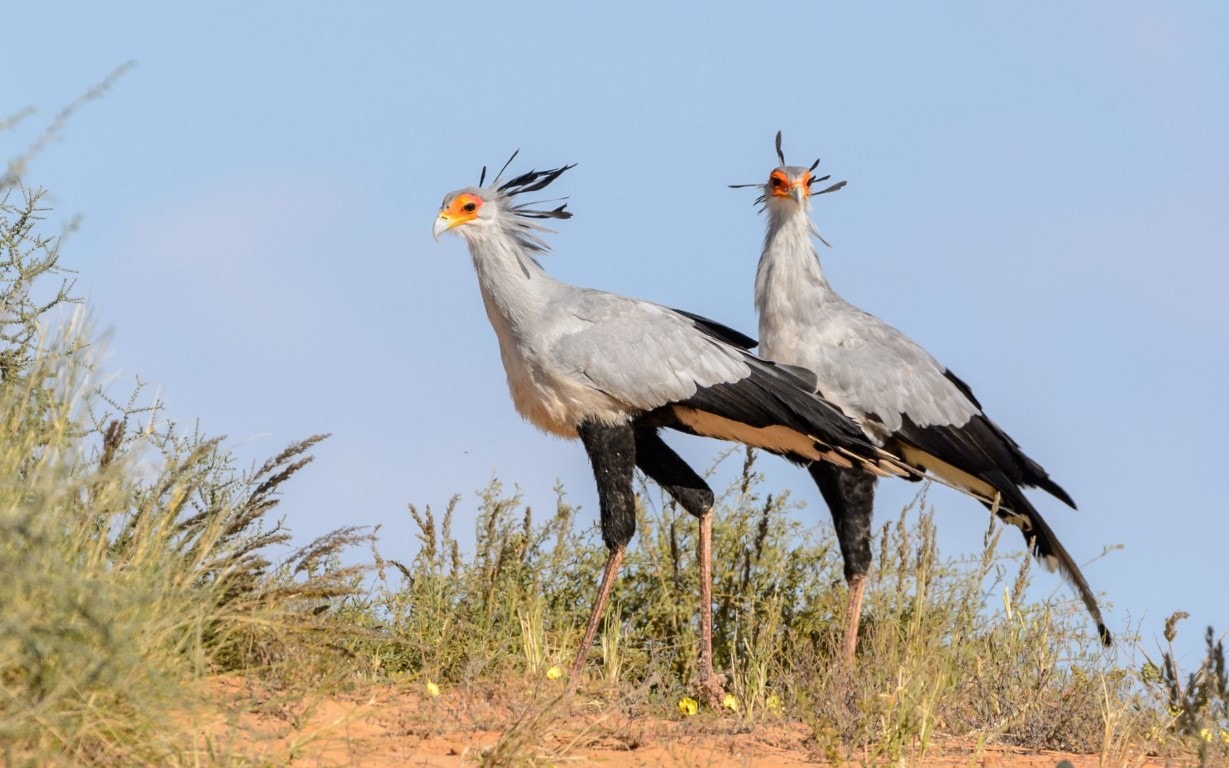Imagine looking up to see the amur falcon – a tiny traveller that’s just completed an unbelievable flight all the way from Mongolia. Hundreds of bird species have been recorded in South Africa, both endemic and migratory. With world-class national parks and intimate private reserves, South Africa isn’t just a destination for birding safaris and birdwatching tours; it’s an absolute paradise.
Why Choose South Africa for Birdwatching?

More than 850 Bird Species
In birding circles, South Africa ranks as a premier destination globally, with impressive diversity driven by its mix of resident, endemic, and migratory species. Of these, more than 18 species are strictly endemic, or only found in South Africa. Up to 70 species are considered near-endemic, with most of their range in South Africa.
Endemic Birds
There are nine terrestrial biomes in South Africa – and some of the most breathtaking scenery – all supporting their own plant, bird, and animal life. Many of the endemics are listed on the IUCN Red List. For example, the remarkable ground woodpecker, found in Golden Gate Highlands National Park, is near threatened.
Combine Birdwatching and Traditional Safaris
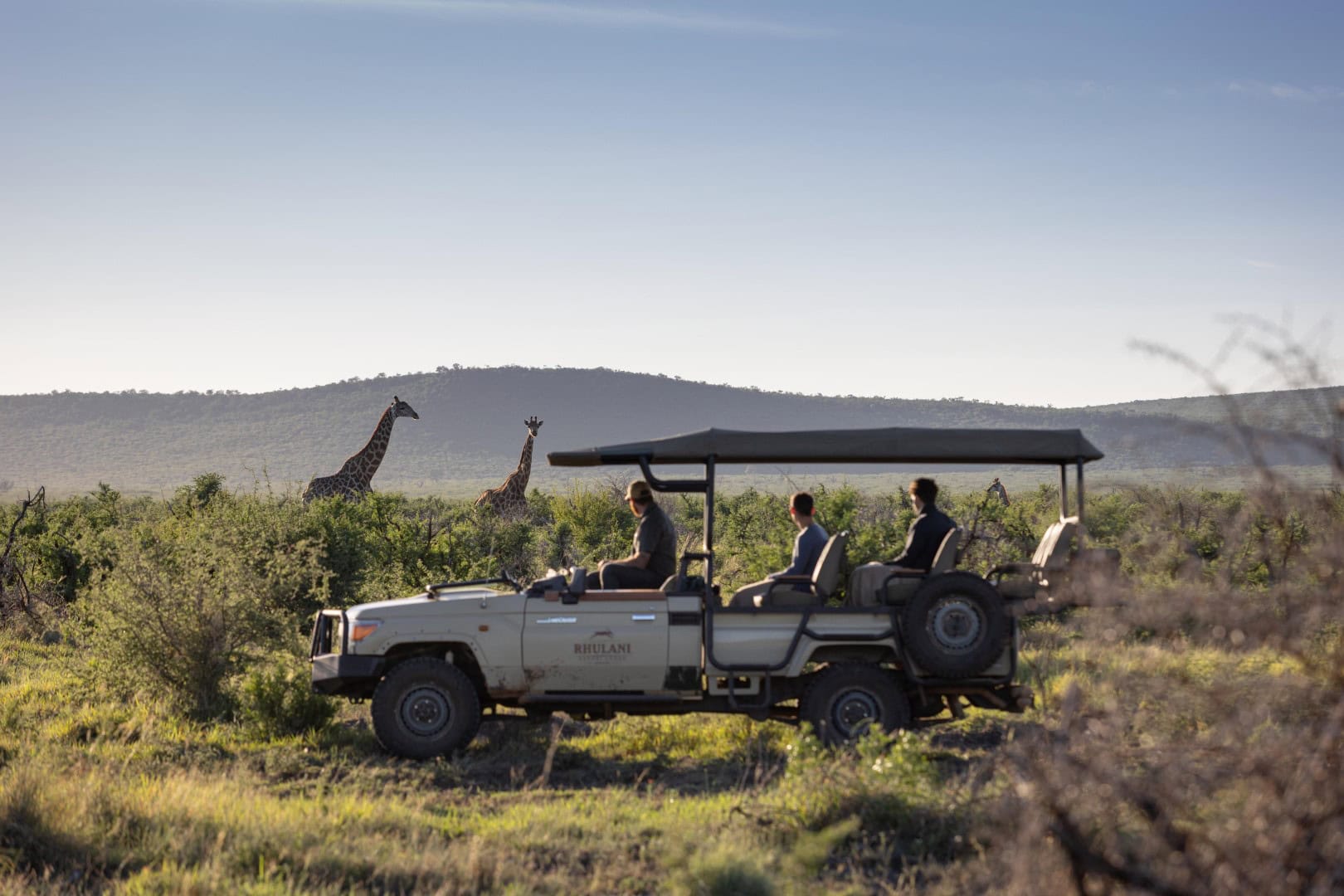
The best places for birding safaris are the same places for animal safaris, namely in South Africa’s national parks and private game reserves. Game drives are the perfect way to spot birds, animals, big cats, and yes, even the Big Five.
Unique Events and Migratory Species
Impressive spectacles like the annual Sardine Run attract gannets, terns, and shearwaters. Millions of sardines and other small fish migrate up South Africa’s east coast, from May to July, triggering a feeding frenzy for predators like sharks, dolphins, whales, and seabirds.
Migratory birds are present during the wet season in the parks, coming for the abundant insects and to escape the harsh northern winters.
They come mainly from Europe and Asia, arriving between August and December. Most arrive from September to March. The flashy European rollers and European bee-eaters arrive between late September and November.
Migrants from other parts of Africa arrive at different times. The lesser-striped swallow, for example, can be seen in South Africa from July. The woodland kingfisher travels to South Sudan and the Central African Republic for the winter and returns to South Africa by November.
Photogenic Landscapes
A birdwatching safari in South Africa is perfect for birding enthusiasts and wildlife photographers because of the beautiful scenery, which creates stunning backdrops for photography.
The wet season, or green season, is best for seeing the migrants and breeding displays and behaviour against the backdrop of lush foliage, but the stark dry months are excellent for endemics, too.
Taken together, it means South Africa is a year-round destination for birding safaris.
Top Birding Safari Destinations in South Africa
Kruger National Park
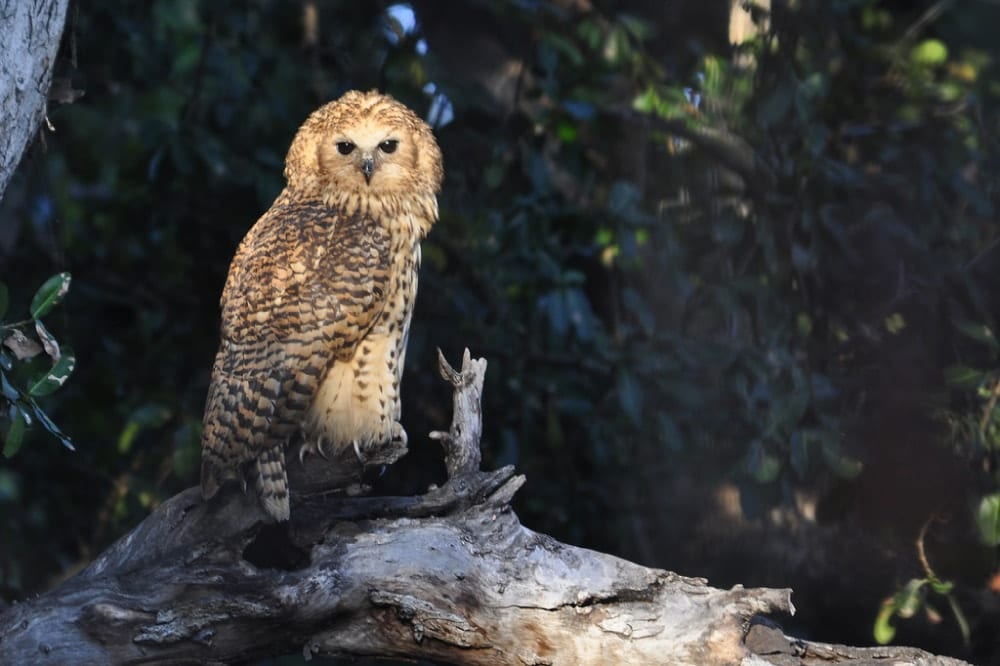
The Greater Kruger Area is home to more than 500 bird species, including eagles, vultures, and rollers. More than 50 migratory species arrive here from Eurasia and other African regions during the wet season.
Birds of prey take centre stage during a birding safari in Kruger, where about 55 diurnal and 11 nocturnal species have been recorded. Keep your eyes peeled for the white-backed vulture and the white-headed vulture, both listed as critically endangered, and the lappet-faced vulture, also listed as endangered.
The Pel’s fishing owl is considered the most sought-after bird for twitchers in the Kruger area. You’re most likely to spot it in the northern Pafuri region along the Luvuvhu River.
iSimangaliso Wetland Park
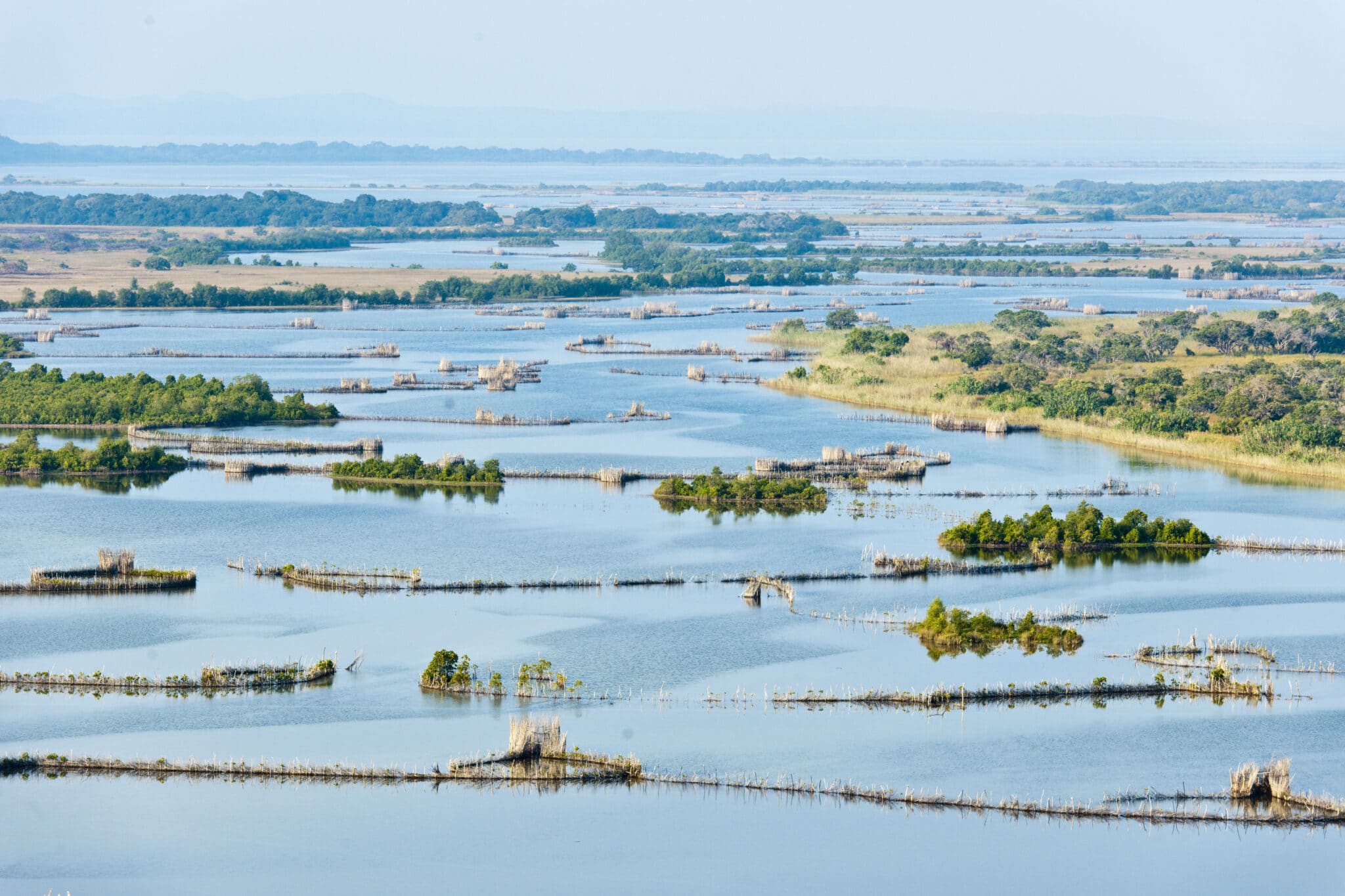
A range of ecosystems come together in the park, a UNESCO World Heritage Site in northern KwaZulu-Natal, including sandy beaches, tropical seas, coral reefs, wetlands, and swamps, creating a fantastic place for birders.
During a birdwatching expedition, you’ll be able to see more than 50% of the province’s water birds feeding, roosting, and nesting here, including pelicans and flamingos.
Sought-after species include the African fish eagle, goliath heron, Narina trogon, Livingstone’s turaco, and the rare African broadbill. Other prizes are the bright lilac-breasted roller, large southern ground hornbill, and graceful pelicans.
For bragging rights, look for palm-nut vultures, particularly around Kosi Bay, where you’ll find the largest South African population of this rare bird. It’s an almost exclusively fruit-eating vulture, feeding mostly on palm nuts.
The raffia palm forests in Kosi Bay are extraordinary, almost primordial, giving a Jurassic Park feel to your birdwatching adventure.
Drakensberg Mountains
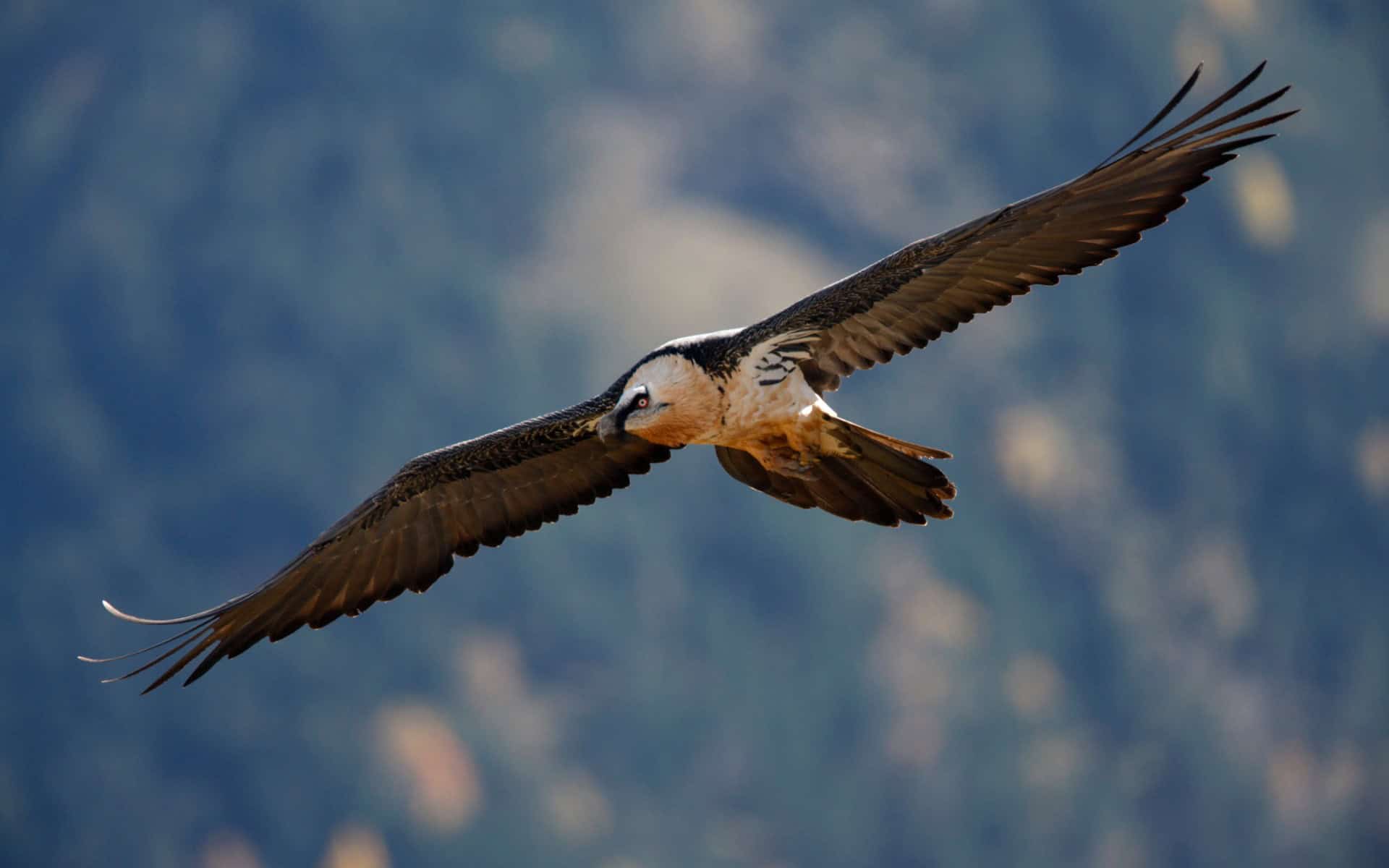
Grasslands, protea woodlands, and Afromontane forests are some of the landscapes you can wander through during a birding safari in the Drakensberg. This region is known for lammergeier vultures and other raptors.
The Drakensberg is a UNESCO World Heritage Site with spectacular scenery, activities from hiking to adventure sports, and ancient San rock art. Fresh mountain air, unique wildlife, and stunning birds make it a top draw for birdwatching safaris to South Africa.
Sought-after species include the Drakensberg siskin, Drakensberg rockjumper, and the mountain pipit found in the mountains’ higher-lying grasslands and rocky areas. The Cape parrot is found mainly in the Drakensberg’s forests, especially at dawn and dusk.
Also look for:
- Bearded vulture: an impressive raptor that can be seen soaring over the high peaks.
- Secretary bird: a large ground-dwelling bird of prey, known for its distinctive appearance and hunting methods; they hunt and eat snakes by repeatedly stomping on their prey with their powerful feet to kill or immobilise it (it’s fascinating to watch).
- Barratt’s warbler: a shy, forest-dwelling bird.
KwaZulu-Natal Midlands

KwaZulu-Natal’s Midlands comprise wetlands and grasslands, which are ideal for birdwatching.
Visit for its natural beauty, including rolling hills and dramatic mountains, and its outdoor activities, including canopy tours and wildlife viewing.
The top ticks and lifers are the Cape parrot, the shy Knysna turaco, the forest canary, the forest weaver, the amethyst sunbird with its violet throat, and the cinnamon or lemon dove with its deep “oooop-oooop” call.
The mist-belt forests of the Midlands, particularly in the Karkloof area, are home to several prized forest birds. The brilliantly coloured but elusive Narina trogon is a top tick for any twitcher who manages to see it.
The Karkloof Conservation Centre is also one of the few places where you can reliably see all three South African crane species in a single outing:
- Grey crowned crane: a magnificent sight with its unique crown of golden feathers.
- Blue crane: South Africa’s elegant national bird.
- Wattled crane: critically endangered and a definite top tick.
Kgalagadi Transfrontier Park
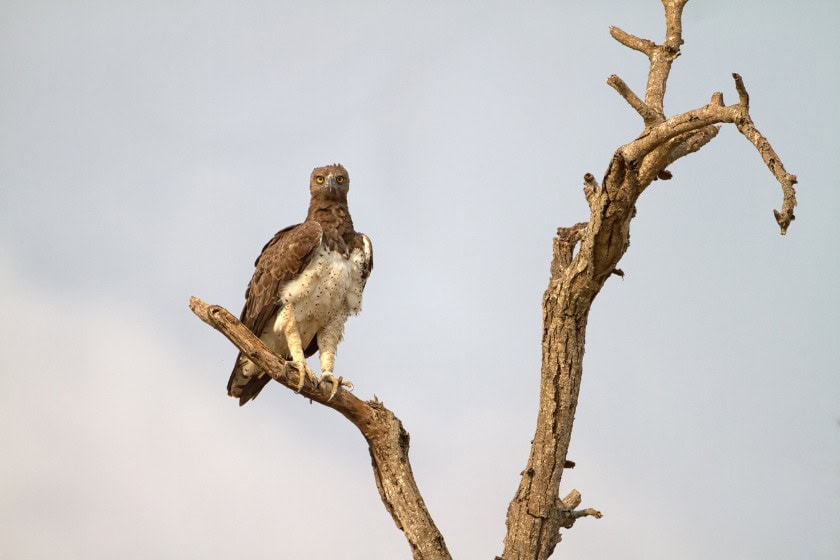
A visit to the arid Kgalagadi Transfrontier Park is a unique desert safari experience. It shows off its vast, open landscapes, diverse wildlife such as Kalahari lions with their black manes and fearsome honey badgers, and stunning sunsets over red dunes.
Expect excellent game viewing, especially at waterholes, and wilderness walks for a rugged, remote adventure not found in other reserves.
It’s good for birding safaris. More than 170 bird species can be spotted, including the swallow-tailed bee-eater, kori bustard, black-breasted snake eagle, martial eagle, and spotted eagle owl.
Raptors found here include the bateleur, white-backed and lappet-faced vulture, and tawny eagle. The wet season also brings migratory birds to this park.
Ticks and lifers include:
- Swallow-tailed bee-eater: known for its vibrant plumage and aerial acrobatics, it’s a classic Kgalagadi bird.
- Kori bustard: the heaviest flying bird in the world, is an impressive sight.
- Caspian plover: a beautiful plover of the arid regions.
- Burchell’s sandgrouse: a treat for birders.
But settle in for the common species too, like the white-browed sparrow-weaver, with its fascinating social behaviour.
Karoo
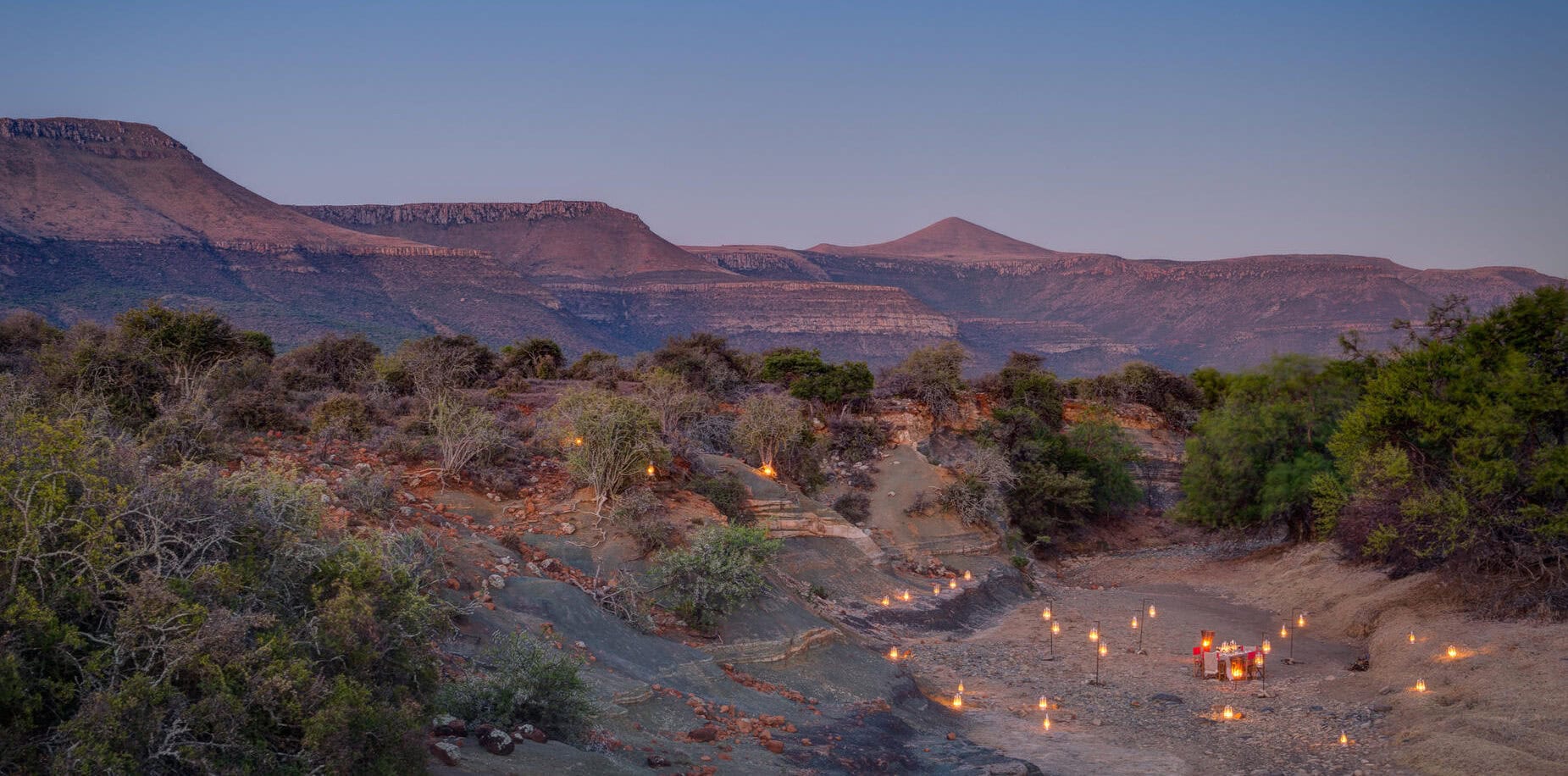
The Karoo is divided into the Great Karoo (or Groot Karoo) and the Klein Karoo. The Great Karoo is then further divided by geography and climate into the Succulent Karoo, Tankwa Karoo, Hantam and Roggeveld, Koup, Western Upper Karoo, Eastern Upper Karoo, and Camdeboo, all with different climates and flora.
But all offer vast, dramatic landscapes; incredibly dark, clear night skies perfect for stargazing (astronomers from around the world are drawn to the Southern African Large Telescope in Sutherland); unique wildlife and plant life; rich history and fossils; and charming small towns.
Near-endemic bird species to spot on birding safaris to South Africa include the Karoo chat, found in dry scrub habitats, and the Karoo long-billed lark. Other prized sightings are booted eagles, which can be seen feeding on flying termites, pale chanting goshawks, and the distinctive Karoo eremomela.
Look out for the Namaqua warbler; the Karoo scrub robin; and the sweet little black, white, and buff pririt batis, a regional special.
Cape Floristic Region
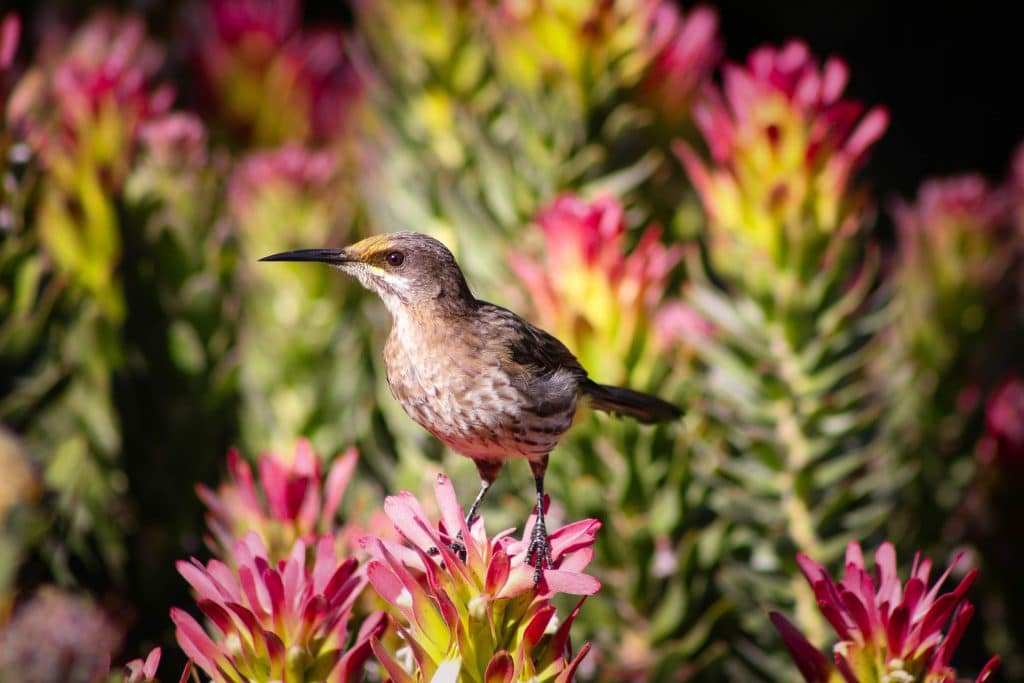
The Cape Floristic Region is one of the world’s most biologically rich areas, with its unique fynbos vegetation and exceptionally high number of endemic species found nowhere else on Earth, including plants like proteas and freesias. It has one-fifth of all African plants, despite covering a tiny fraction of the continent.
It’s a UNESCO World Heritage Site and a biodiversity hotspot, just the place for birdwatching tours. Go hiking, see the spectacular flowers along the West Coast and up into Namaqualand during the late winter to spring blooming season, and watch the specialised wildlife in various protected areas, such as Table Mountain National Park, which surrounds Cape Town.
The most sought-after birds for twitchers in the Cape Floristic Region are as colourful as the flora:
- Cape sugarbird: with long tail feathers, often seen in the fynbos and proteas on Table Mountain.
- Orange-breasted sunbird: bright, striking bird known for its aerial displays and unique curved bill used to access nectar.
- Cape rockjumper: a unique, endemic bird found on rocky slopes and considered a special sighting.
- Victorin’s warbler: sought after for its distinctive, hidden songs.
- Shy albatross and other albatrosses: the waters off Cape Point are considered one of the world’s best locations for pelagic birding, with several highly sought-after albatross species to tick off your list.
Of course, there is also the cute-as-a-button African penguin. The species is critically endangered, so get yourself to Boulders Beach to visit them.
What to Expect on Your Birdwatching Tour

On a birdwatching safari in South Africa, expect diverse habitats and plenty of lifers. From the fynbos-rich Cape to the subtropical Kruger National Park, there’s a huge variety of species. You can expect a multi-day itinerary combining different habitats, expert local guides, and the chance to spot the Big Six birds alongside Africa’s iconic wildlife.
You’ll also see other large African wildlife, perhaps even the Big Five, and spend a lot of early mornings and late afternoons outdoors. Coffee and rusks to the sound of the dawn chorus, led by the southern boubou duets; sundowners in the bush to the strident soundtrack of the fiery-necked nightjar, that quintessential part of the African night.
Hire Experienced Guides
You’ll want a fellow birder as your guide who can help you spot as many species as possible. At Discover Africa, we work with the finest lodges, experienced guides, and dedicated local teams to ensure the best South Africa birding safaris possible.
Expert local guides are experienced and knowledgeable with expertise in identification, calls, and habitats. Patience and quiet are key for birding and you’ll spend much of your time with your guide.
Accommodations
Accommodations run the full spectrum, and Discover Africa tours are tailored to your needs for luxurious private lodges and tented camps, complete with dedicated birding guides. They often have binoculars for your use on safari, but it is best to bring your own.
Many lodges have specialist birding guides and excellent photographic hides strategically placed near waterholes to offer a quiet, undisturbed viewing experience.
South Africa’s distinct climate zones mean you should visit different areas to experience a full range of birdlife – fynbos biome, bushveld savannah, wetlands and coast, grasslands, and semi-desert.
Planning Your South Africa Birdwatching Safari
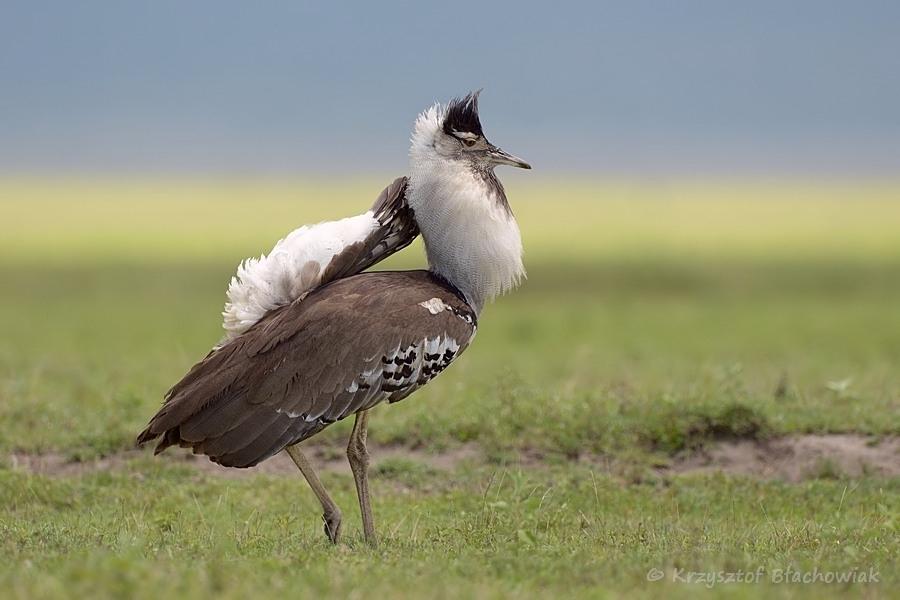
Best Times to Visit
- Wet season (October-March): This is considered the best time for birdwatching. Migratory species are present, and resident birds are in full breeding plumage. But it can be hot and humid, especially in the northeast.
- Dry season (May-August): It’s cooler and there is less foliage, which can make spotting birds (and mammals) easier. Many migratory birds are absent, but you can still expect to see hundreds of resident species.
What to Pack
Clothes
For your birdwatching safari in South Africa, pack light, neutral-coloured clothing that can be layered. Think long-sleeved shirts and trousers and a waterproof jacket.
The sun is harsh, so don’t forget sunglasses, a sun hat, and sunscreen. But the mornings can be cool, so stash gloves and beanies in your suitcase, too.
Also bring comfortable, closed-toe shoes for walking and insect repellent.
And a reusable water bottle. The bush can be dry and you need to stay hydrated. Some private lodges often have reusable bottles for guests to try to cut down on single-use plastics.
Optics and Photography
- Binoculars are a must-have for viewing birds in detail.
- Camera with a zoom lens to capture wildlife.
- Field guide apps will help you identify species.
- Notebook and pen to note those lifers and ticks.
- Smartphone and accessories; don’t forget a portable charger or power bank.
Our Birding Safari Packages
Discover Africa has a variety of birdwatching safaris, perfect for both new and experienced bird lovers. Our African birdwatching safari tours take you through some of the most beautiful and wildlife-rich areas on the continent.
All of them are great opportunities to spot some of the birdwatching world’s most sought-after species, whether you’re just starting on your twitching journey or you’re a seasoned birder. We can curate custom itineraries for you, too, taking care of all the logistics, from finding expert guides to the best lodges.
All you’ll have to do is spot the birds.
Come and explore the stunning birds of Africa with us on an unforgettable journey.






